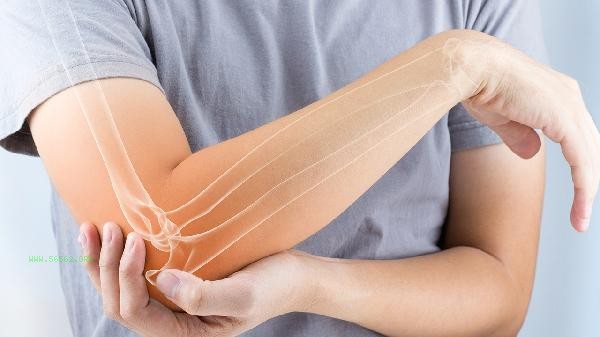The most effective methods for training arm muscles include compound movement training, isolated movement training, progressive overload training, balanced diet, and adequate rest and recovery.

1. Compound Movement Training
Pull ups and push ups are basic compound movements that stimulate arm muscles. Pull up mainly targets the biceps and dorsal muscles, and using a wide grip distance can increase activation of the brachioradialis muscle. Push ups can focus on training the triceps by adjusting the distance between hands, and diamond push ups have a particularly significant stimulating effect on the triceps. Compound movements can simultaneously mobilize multiple joints and muscle groups, promote testosterone secretion, and create favorable conditions for arm muscle growth.
2. Isolation Movement Training
Dumbbell bending and rope downward pressure are classic isolation training methods. The dumbbell hammer bending lift can fully stimulate the biceps and brachii muscles, and using alternating bending lifts can avoid physical exertion. The downward pressure of the rope can strengthen the outer and long heads of the triceps by changing the grip method, ensuring precise force application while keeping the elbow fixed. Isolation training can provide deep stimulation to arm muscle groups to compensate for the lack of local stimulation in compound movements.
3. Progressive Overloading Training
Increasing weight or training volume gradually every week is the key to muscle growth. The weight of dumbbells can be increased in increments of 2.5 kilograms, or the training intensity can be increased by reducing the rest time between groups. Training log records can clearly track progress, and weight gain should be considered when a certain weight can be completed 12 times according to the standard. Gradual overload can continuously break through the muscle adaptation threshold and avoid the occurrence of plateau period.

4. Reasonable diet combination
Consuming more than 1.6 grams of protein per kilogram of body weight per day can meet the needs of muscle synthesis. High quality protein such as chicken breast and eggs should be evenly distributed in each meal. Timely supplementation of fast carbohydrates after training, such as bananas, can promote glycogen recovery, and is more effective when combined with whey protein. Moderate intake of nuts and olive oil provides healthy fats that help maintain hormone levels and provide sustained energy support for muscle growth.
5. Adequate rest and recovery
The training interval for the same muscle group should be maintained at 48-72 hours, and the sleep time should be ensured to be more than 7 hours. Relaxation and dynamic stretching of foam shaft can improve the elasticity of fascia, and cold water bath can alleviate delayed muscle soreness. Cortisol level management is important to avoid muscle breakdown caused by overtraining. Muscles actually complete repair and growth during rest, and the quality of recovery directly determines the effectiveness of training.

Arm training should pay attention to movement standardization and avoid joint damage caused by inertia compensation. Warm up the shoulder joint for 5-10 minutes before training, and do static stretching after training to improve flexibility. It is recommended to schedule 2-3 specialized arm training days per week, spaced apart from training for other major muscle groups. Pay attention to supplementing vitamin C in diet to promote connective tissue repair, and magnesium helps alleviate muscle spasms. Maintaining patience is important, as visible arm circumference growth typically requires 8-12 weeks of systematic training.








Comments (0)
Leave a Comment
No comments yet
Be the first to share your thoughts!